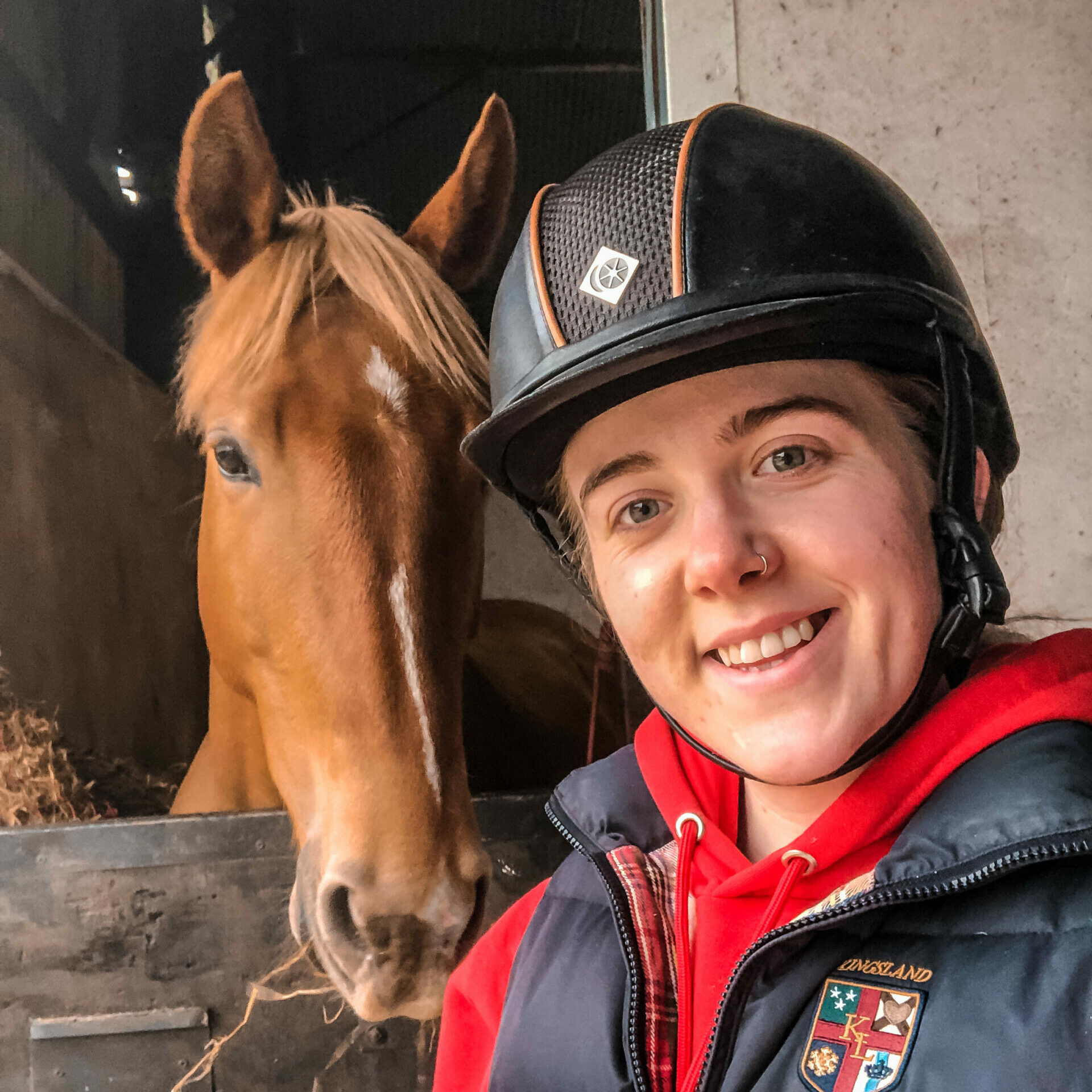In recent years people have become more and more keen to rug their horses. Rugging our horses allows us to keep them warm, dry and clean but it is important to assess which rug to use or in fact if a rug is even necessary at all.
It can be really tempting to get carried away and pile on the rugs to keep our horses nice and cosy, especially when we are feeling the cold ourselves. We shouldn’t necessarily judge what rugs our horse needs based on how we feel ourselves for two very good reasons. Firstly our horses grow thick winter coats and secondly due to their size, horses don’t lose heat as rapidly as we do.
Over-rugging can cause horses to sweat which leads to irritation and rubbing. It can also prevent sunlight from reaching the horse’s skin and producing vitamin D. (Even an hour a day in bright, dry conditions can help with this.) Most horses naturally gain weight in the summer and lose it over the winter. Over-rugging can lead to weight gain over the winter months which puts horses at a high risk of laminitis in the spring/summer.
How to avoid over-rugging your horse
It’s also good practise to keep an eye on the weather. If we happen to get a rare clear day with no rain then take your horses rug off for the day. This will allow them to roll and scratch to their heart’s content, even if it might be slightly annoying when you have to spend the evening brushing off the mud!
Please remember that any changes should be made gradually so that the horse has time to adapt their natural heating system and they must be checked at least once a day to make sure they are happy and comfortable.


Share
Your subscription is 100% Free for our first year, No credit card details required.

The Judging Concerns That Keep Coming Back — And Why They Can’t Be Ignored Anymore We didn’t make it to

There are few sporting events that live up to the hype. Wimbledon? Too many strawberries. Cheltenham? Too many suits. But

British Veterinary Association publishes full response to Competition and Markets Authority’s proposed remedies for veterinary market for household pets. The